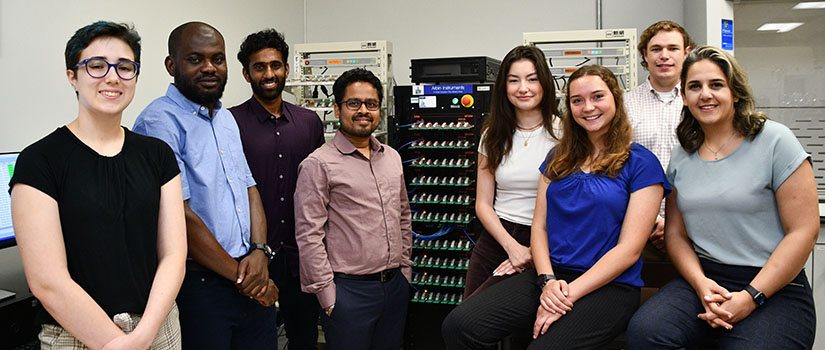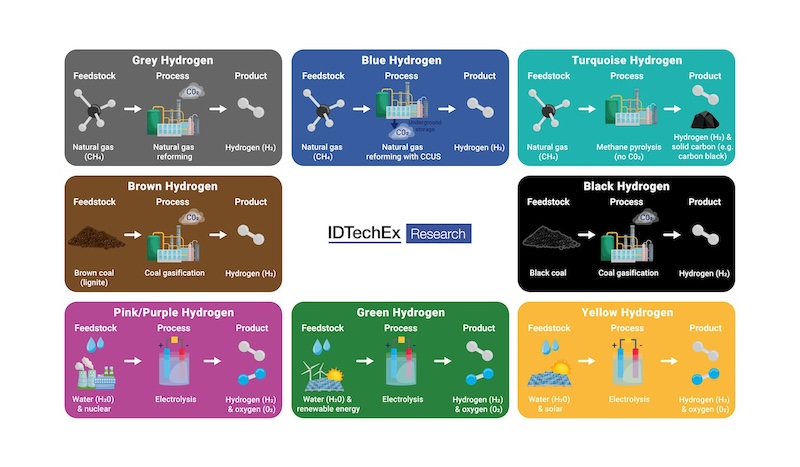University of Wisconsin-Madison researchers designed a new stochastic model predictive control system for central utility plants, which could help universities and manufacturing facilities that generate a lot of energy.

The cornerstone of any university is the central utilities plant, which distributes electricity, steam, hot water, and chilled water needed to run air conditioning systems and research facilities at multiple buildings on campus.
Managing utility plants, however, is a real challenge. Plant managers must predict future energy needs from all the buildings and decide how much water, natural gas and electricity to buy and exactly when to turn the boilers up or turn down the cooling towers. Even tougher to manage are unforeseen fluctuations and events, like a spike in electricity prices or an unexpected cold snap that has everyone cranking the heat up on a spring day.
Most current control systems don’t take these types of uncertainties into account, leading to economic losses as well as safety and utility supply issues. That’s why Ranjeet Kumar, a spring 2020 PhD graduate in the Department of Chemical and Biological Engineering at the University of Wisconsin-Madison, and Associate Professor Victor Zavala designed a new stochastic model predictive control system for central utility plants.
Central plants are used by large colleges and universities, military bases, medical centers and large corporate campuses. Though they are complex and costly to operate, they create efficiencies that over time save money. Currently, most complex decisions on when to purchase energy are made by logic-based control systems and people doing their best to forecast future energy needs and energy prices. However, they don’t often take into account potential disruptions or extreme events.
Kumar, trying to understand how to optimize the control system, modeled the utilities plant of a typical university campus derived from data collected by his industrial collaborator, Milwaukee-based Johnson Controls, which develops control systems for large utility plants. He then ran simulations to find optimal strategies to maximize efficiency and minimize cost while mitigating energy demands and market uncertainties.
“Managers have to make a plan for each hour of every day for how much load a boiler or cooling tower will have,” Kumar said. “Our goal was to design a control architecture that deals with multiple timescales and uncertainties that energy systems encounter.”
Currently, the most sophisticated control architectures use what is called a deterministic model to decide when and how much energy to buy. Typically, these systems look at average prices and past energy use to make their decisions and ignore uncertainty. But Kumar found that these models failed to properly capture unforeseen disruptions, resulting in economic losses for drawing too much power or an inability to keep up with demand for hot water or heating.
Kumar’s model, however, is stochastic, meaning that it is designed to explicitly anticipate uncertainties by capturing multiple possible scenarios when making decisions.
“It was not obvious that there would be many benefits. But the electricity market is subject to a lot of uncertainty. The prices are fluctuating all the time and have limited predictability,” Zavala said. “And there’s uncertainty on the side of the buildings because the use of electricity and hot water is uncertain. So, plant managers are in between a rock and a hard place.”
According to the results, there could be a big benefit. By incorporating uncertainty into the control system, the stochastic model was able to save about 7.5% over the deterministic model, which in the case of a large university utility system translates into hundreds of thousands of dollars.
The new control model can work for more than universities. Large manufacturers and chemical plants that must also balance energy costs and demand could also benefit from the stochastic model. In fact, Kumar is moving on to a position in the chemical industry, which could benefit from his ideas.



